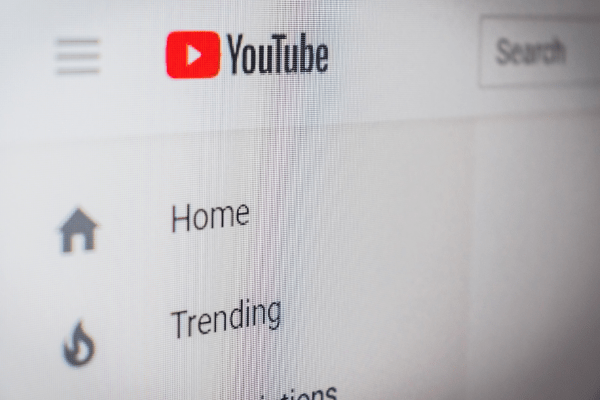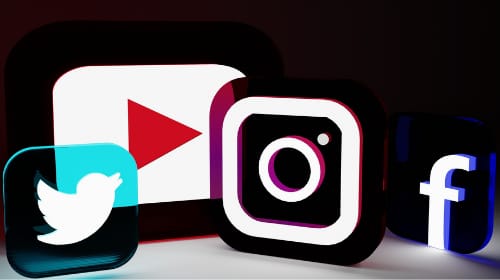 I recently did a YouTube audit for one of my clients. This included reviewing 400 or so videos that went back about eight years. I found that many videos were uploaded to the platform for hosting purposes but in the rush to get that content hosted, this client wasn’t taking advantage of the many opportunities YouTube had to offer. Unfortunately for many businesses this is all too common.
I recently did a YouTube audit for one of my clients. This included reviewing 400 or so videos that went back about eight years. I found that many videos were uploaded to the platform for hosting purposes but in the rush to get that content hosted, this client wasn’t taking advantage of the many opportunities YouTube had to offer. Unfortunately for many businesses this is all too common.
Before I delve into tips for improving your YouTube channel, let me first take a moment to describe how YouTube search works. Conducting a video search in YouTube is very similar to searching for content on a search engine. Search results are sorted by “relevance,” making the use of strong keywords necessary for content to be found. They must be included in the title of the video, the description of the video, and the tags associated with the video. The use of playlists is also important and considered when someone is searching for a video, along with the overall description of the channel.
With this in mind, here are some tips that will ensure you get the most out of your YouTube channel:
- Keywords, keywords, keywords: Make sure the title, description and tags convey what the video is about. If it’s about a specific product, be sure to include the product name, and if it’s about a specific topic, such as email marketing, make sure that keyword is included so when someone searches that keyword, your content comes up.
- Keep descriptions short and sweet. While YouTube allows for a 5,000 character description, only the first 157 characters will show up in search, so it’s best practice to keep that content short and succinct. It’s the same with titles – YouTube offers 100 characters worth of space, but most search engines will truncate that at 70 characters, so be sure to keep it under that.
- Don’t forget playlists. If you don’t want your software video to come up next to a dog food commercial, playlists are your answer, and a good way to keep similar content together and ensure that people continue watching. As people now have YouTube on their TVs, iPads, smart phones, etc., playlists allow one video to easily flow into another.
- Think about keywords when making playlists. While it may make sense to have a playlist called “Monthly Webinars,” be careful of playlist titles that are too generic, like “Video Library.” Again, playlists that are very specific will help with SEO, like “Product A Case Studies.”
- Add a teaser video. This is a fairly new capability that YouTube offers. It’s typically a short video that’s about 15 seconds long that gives you a chance to introduce your channel to a non-subscriber. This video should showcase what you are trying to accomplish on your channel and describe what your company does.
- For subscribers, make sure the homepage feature video is fresh. As the homepage feature video is the first thing your subscribers see when they go on your channel, make sure it’s current (no older than a month or two) or people will lose interest.
- Sister channels. Within your YouTube page you’ll see a tab called “channels”, where you can easily add links to sister or partner YouTube channels. Make sure to take advantage of this – it’s a great way to get traffic to your channel from other websites.
- Create a directory. I find the YouTube video library can be confusing, and often your listed and unlisted videos will be sorted in a funny way. Thus, for my client, I created a shareable file (Google Doc) that lists all of their videos – live or paused, etc. This file also provides tags, titles, descriptions, etc., so something that is unlisted can be easily found. If you are uploading a video similar to something else, it’s also useful to get an idea of what you’ve done before, especially for similar content.
- Get rid of the old stuff. Video technology is changing so fast, most likely your videos from 4 or 5 years ago are extremely outdated. Unless they include informative, evergreen information, you may want to consider taking them down.
- Conduct housekeeping every 6 months! YouTube isn’t a channel that needs daily or weekly or even monthly clean-up. As long as you are adding new content on a monthly basis and following the steps above, it is recommended that you do a full inventory review/clean-up approximately every six months.
While it does take quite a bit of time to do a full audit and make these adjustments, it is worthwhile. In the case of my client, over the course of the six months when the clean-up was conducted, they saw significant improvements in results. Their subscriber base went from 20 to over 200, minutes watched in a month rose from 100,000 to 400,000 and views shot from 200,000 to over 1.5 million.
Need help optimizing your social channels? Reach out.



